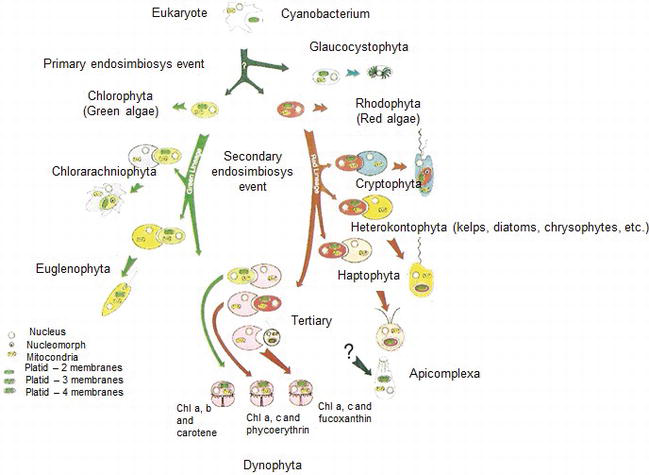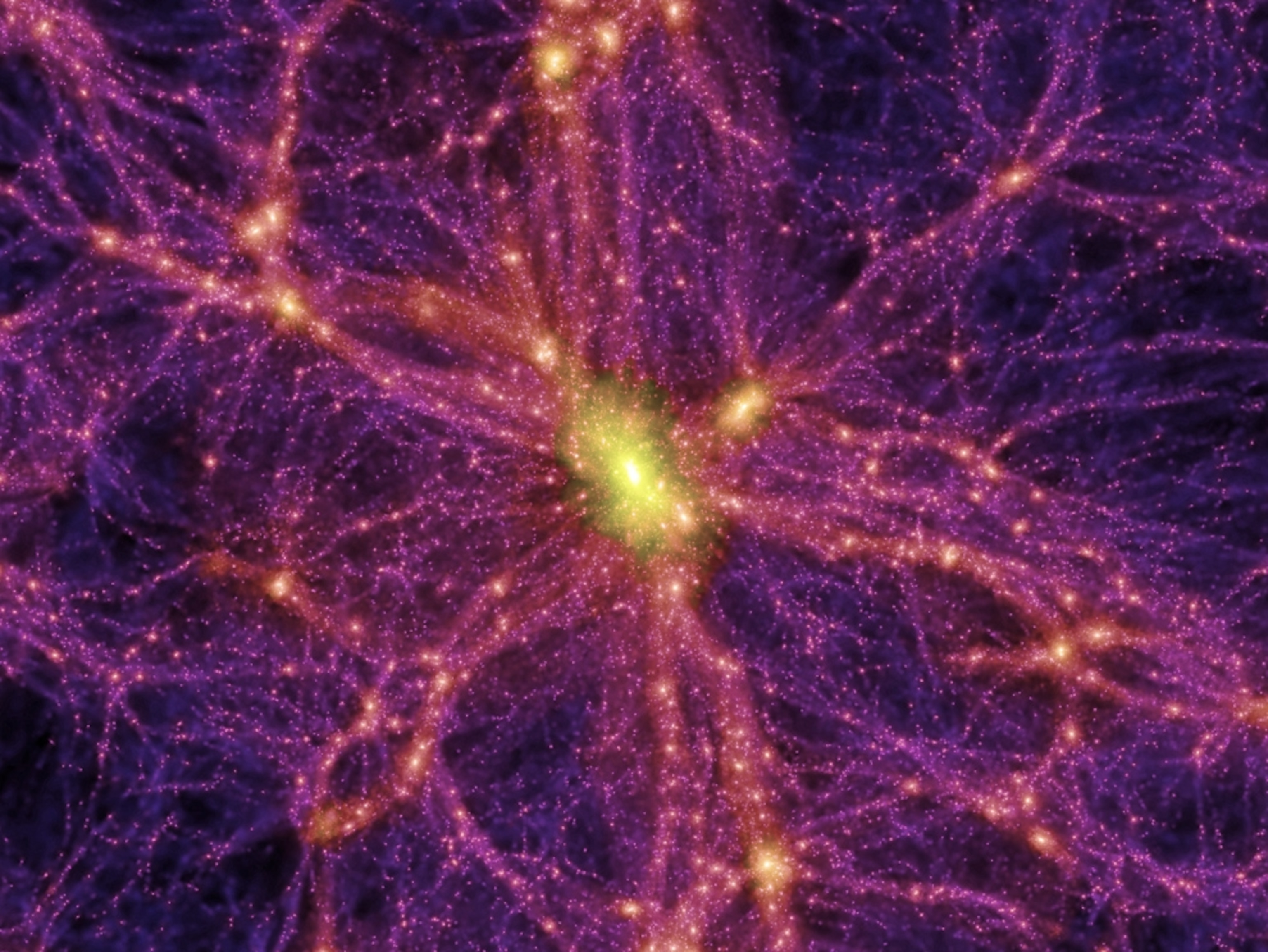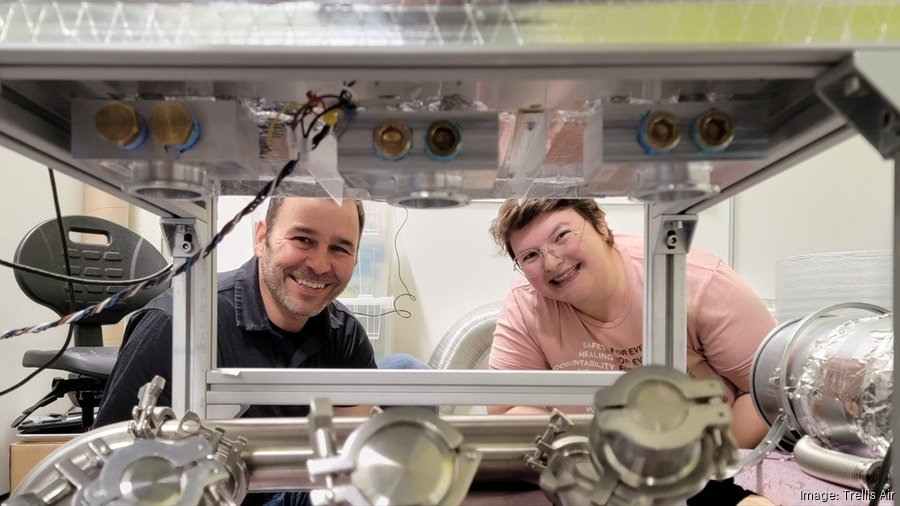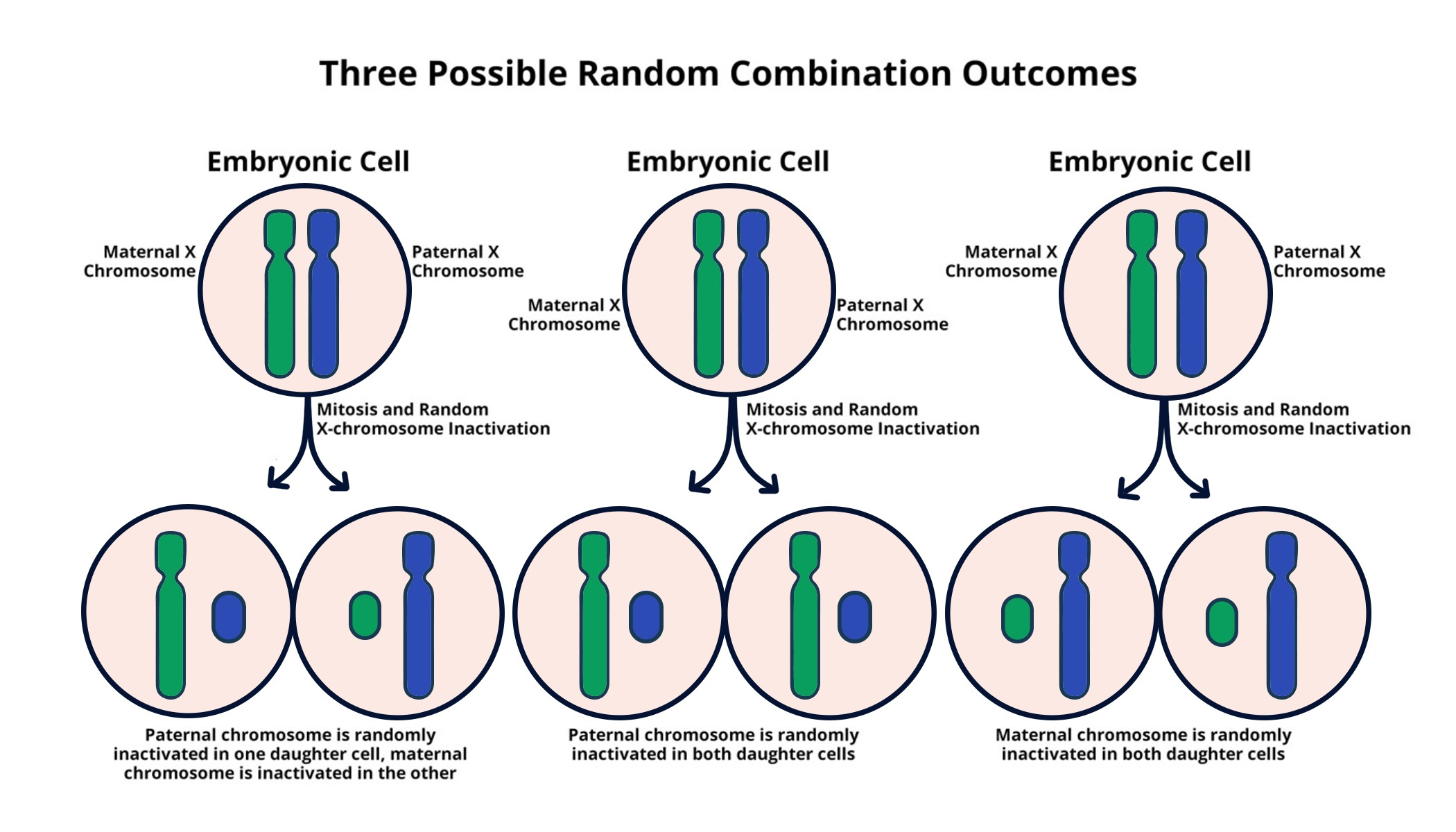The evolution of photosynthesis marks a pivotal moment in the history of life on Earth, fundamentally reshaping the planet’s atmosphere and its ecosystems. This complex process, mainly attributed to cyanobacteria, allowed organisms to harness sunlight to convert carbon dioxide and water into glucose, releasing oxygen as a byproduct. Through the lens of evolutionary biology, understanding this transition not only illuminates how photosynthesis evolved but also its intertwining relationship with aerobic metabolism—the means by which organisms utilize oxygen to generate energy. A recent study highlights the discovery of a unique compound called methyl-plastoquinone, providing potential insight into this evolutionary progression and hinting at its significance during the Great Oxidation Event. As researchers delve deeper into the molecular history of photosynthesis, they unlock secrets that might define how life on Earth adapted and thrived in the presence of oxygen.
The progression of oxygen-producing mechanisms in living organisms has been crucial for the development of diverse life forms. Often referred to as the intricate dance of energy production, this process involves transforming sunlight into chemical energy, releasing oxygen that allowed more complex life to emerge. By exploring the evolutionary framework surrounding this energy conversion process, scientists can gain valuable insights into the advent of oxygen-utilizing systems, such as aerobic metabolism. Recent investigations have arrived at a fascinating molecule, methyl-plastoquinone, which could bridge our understanding of these evolutionary timelines. As we unravel these connections, we uncover how early life forms paved the way for the oxygen-rich environment we depend on today.
The Evolution of Photosynthesis and Aerobic Metabolism
The investigation into the evolution of photosynthesis unveils a significant chapter in Earth’s history—the Great Oxidation Event. Around 2.4 billion years ago, cyanobacteria initiated the formidable process of photosynthesis, leading to the proliferation of oxygen in the atmosphere. This monumental shift not only transformed our planet’s environment but also paved the way for aerobic organisms to thrive. These organisms developed aerobic metabolism, utilizing the oxygen produced through photosynthesis to convert organic materials into energy efficiently. The interdependence of these two processes highlights a crucial evolutionary link that shaped the trajectory of life on Earth.
In studying the evolution of photosynthesis, researchers such as Felix Elling have focused on unique molecules like methyl-plastoquinone, which exhibit characteristics of both photosynthetic and aerobic organisms. This discovery indicates a closer relationship between these processes than previously understood. The potential existence of a shared ancestor capable of both producing and consuming oxygen signifies an evolutionary precursors that laid the groundwork for complex life forms. Thus, unraveling the evolution of photosynthesis is not just about understanding plant biology but also provides insight into the evolution of aerobic metabolism.
Molecular Discoveries: Quinones at the Crossroads of Evolution
The research surrounding quinones, particularly methyl-plastoquinone, has revealed significant insights into the nature of life itself. Quinones, ubiquitous in all living organisms, play a vital role in respiratory and photosynthetic processes. The recent findings suggest that this particular molecule may have existed long before the Great Oxidation Event, implying that some forms of bacteria already had the biochemical machinery to utilize oxygen. This challenges previous notions about the linear progression of photosynthetic and aerobic pathways and suggests a more intricate evolutionary scenario.
In essence, the discovery of methyl-plastoquinone as a third category of quinone represents a breakthrough in evolutionary biology, showcasing how ancient molecules can survive and adapt through billions of years of evolutionary history. The evolutionary narrative is complex, and such findings contribute to our understanding of how life transitioned from anaerobic to aerobic conditions. Understanding these ancient biochemical pathways not only enhances our grasp of historical biological processes but also informs future research in bioenergetics and the evolution of complex life.
The Role of Quinones in Cellular Metabolism
Quinones have emerged as pivotal molecules in cellular metabolism, serving essential roles in both energy production and redox reactions. In aerobic organisms, quinones facilitate the transport of electrons within the mitochondrial respiratory chain, effectively enabling the conversion of nutrients into usable energy. This process links directly back to the advent of oxygen in the atmosphere—thanks to photosynthesis. Essentially, the way life harnesses energy is intricately connected to the presence of oxygen and the sophisticated metabolic pathways involving quinones.
Moreover, the diversification of quinone structures as observed in different species reflects adaptation to varied energy demands and environments. For instance, the distinct types of quinones found in plants versus those in animal cells underscore the evolutionary adjustments that have allowed organisms to exploit available resources differently. By studying these variations, scientists can gain valuable insights into the evolutionary pressures that shape metabolic strategies, further illustrating the importance of quinones in the complicated tapestry of life.
The Great Oxidation Event: A Pivotal Epoch in Earth’s History
The Great Oxidation Event marks a turning point in Earth’s biological landscape, transforming the planet’s atmosphere and fostering the emergence of complex life. Approximately 2.4 billion years ago, cyanobacteria began producing vast quantities of oxygen through photosynthesis, dramatically altering the Earth’s environment. This increase in atmospheric oxygen drove a significant evolutionary change, facilitating the advent of aerobic metabolism and driving the development of more complex multicellular organisms.
Furthermore, the implications of the Great Oxidation Event extend far beyond oxygen levels; it fundamentally changed our planet’s geochemistry and biology. The oxygenation of the atmosphere created new opportunities for evolutionary innovation while simultaneously posing challenges to existing anaerobic life forms. Understanding the dynamics of this event helps researchers connect how changes in environmental conditions can catalyze evolutionary adaptations.
Photosynthesis and Early Life Forms
The relationship between photosynthesis and early life forms is crucial to understanding how life as we know it evolved. Before the advent of photosynthesis, Earth’s atmosphere was largely devoid of oxygen, and life was primarily anaerobic. However, with the emergence of photosynthetic organisms, particularly cyanobacteria, oxygen began flooding the atmosphere, creating opportunities for aerobic organisms to flourish. This monumental shift facilitated the transition from simple unicellular organisms to more complex life forms, including plants and animals.
Research indicates that the first photosynthetic organisms played a significant role in shaping not just the atmosphere but also the biosphere. By converting sunlight into chemical energy, these organisms formed the foundation of food webs, allowing for more diverse forms of life to emerge. Moreover, the metabolic byproducts of photosynthesis, particularly oxygen, paved the way for aerobic respiration, an essential process for energy production in most life forms today.
Linking Photosynthesis and Aerobic Respiration
The link between photosynthesis and aerobic respiration is foundational to the energy cycle that sustains life on Earth. While photosynthesis captures solar energy and generates oxygen and glucose from carbon dioxide and water, aerobic respiration utilizes oxygen to convert that energy stored in glucose into ATP, the energy currency for cells. This symbiosis illustrates the intricate relationship between organisms that produce oxygen through photosynthesis and those that consume it for energy.
Understanding this link provides insight into how ecosystems function and maintain balance. The oxygen released during photosynthesis enables aerobic reactions in animals, fostering a cycle of energy production that supports diverse forms of life. The study of this connection is not just academic; it emphasizes the role of environmental factors in shaping biological adaptations and ecosystem dynamics.
Cellular Mechanisms for Oxygen Utilization
The mechanisms that cells employ to utilize oxygen are remarkable collections of biochemical pathways that have evolved over millions of years. Aerobic metabolism is a complex process involving various enzymes and electron transport chains that transform nutrients into energy efficiently. A key component of this process is the role of oxygen as a final electron acceptor, facilitating maximum energy extraction from fuel sources.
Cellular systems have developed intricate methods for managing the potential dangers of reactive oxygen species (ROS) that arise from the use of oxygen. Enzymes like superoxide dismutase and glutathione peroxidase are crucial for detoxifying ROS, thus preventing cellular damage. This adaptation highlights the evolutionary pressures acting on organisms that utilize oxygen, showcasing how life is fine-tuned to decipher the benefits and challenges presented by the very molecule that sustains it.
Adaptive Significance of Photosynthetic Variability
The variability in photosynthetic mechanisms among different organisms presents a fascinating aspect of evolutionary biology. For example, plants utilize chlorophyll a and b to capture light energy, while some algae have adapted their pigments to thrive in varying light conditions, showcasing the adaptability of photosynthesis. This diversity allows different species to occupy unique ecological niches, illustrating the evolutionary advantage conferred by photosynthetic variability.
Moreover, the adaptive significance of these variations extends to biochemical pathways like the Calvin cycle and photosynthetic efficiency. Understanding these differences contributes to our knowledge of how organisms respond to environmental changes and resource availability. As scientists continue to examine these mechanisms, they gain insights into the potential impacts of climate change on photosynthetic organisms, underscoring the relevance of evolutionary biology in contemporary environmental issues.
Future Directions in Photosynthesis Research
As research into photosynthesis continues to evolve, it opens new avenues for understanding energy production, carbon fixation, and climate impact. Innovative studies aim to uncover the genetic and biochemical underpinnings of photosynthesis, paving the way for advancements in agricultural productivity and sustainability. By harnessing the lessons learned from nature, scientists hope to design crops that can efficiently use sunlight and carbon dioxide, aiming to address food security challenges amidst changing climates.
Moreover, this research may lead to the development of artificial photosynthesis systems, mimicking natural processes to produce clean energy. By replicating photosynthetic mechanisms, scientists could create renewable energy solutions that reduce reliance on fossil fuels. The future of photosynthesis research not only promises advancements in biology and agriculture but also holds the potential to combat climate change, showcasing the continued importance of understanding this fundamental process.
Frequently Asked Questions
What is the connection between the evolution of photosynthesis and aerobic metabolism?
The evolution of photosynthesis is intricately linked to aerobic metabolism through the production and consumption of oxygen. Photosynthesis, primarily conducted by cyanobacteria, introduced significant oxygen into Earth’s atmosphere during the Great Oxidation Event, enabling aerobic metabolism to develop in other life forms.
How did the Great Oxidation Event impact the evolution of photosynthesis?
The Great Oxidation Event, occurring around 2.3 to 2.4 billion years ago, marked the rise of oxygen-producing organisms like cyanobacteria. This event was crucial for the evolution of photosynthesis, as it increased atmospheric oxygen, paving the way for organisms to evolve aerobic metabolism.
What role do quinones play in the evolution of photosynthesis?
Quinones are vital molecules in the process of both photosynthesis and aerobic metabolism. They serve as electron carriers in various biochemical pathways. Recent discoveries of unique quinones, like methyl-plastoquinone, suggest complex pathways linking these two critical processes in the evolution of photosynthesis and the utilization of oxygen.
Why is the discovery of methyl-plastoquinone significant to understanding the evolution of photosynthesis?
The discovery of methyl-plastoquinone in a nitrogen-utilizing bacterium provides insight into the co-evolution of oxygen production and consumption. It suggests that some bacteria may have utilized oxygen before cyanobacteria significantly contributed to its presence, indicating that aspects of photosynthesis and aerobic metabolism evolved simultaneously.
What does the research imply about the development of aerobic lifestyles in living organisms?
The research implies that early biochemical systems capable of processing oxygen were crucial for the emergence of aerobic lifestyles. This foundational capability, linked to the evolution of photosynthesis, allowed organisms to safely utilize oxygen, fostering the diversification of life forms that rely on aerobic metabolism.
How does studying evolutionary biology help us understand photosynthesis?
Studying evolutionary biology provides insights into the historical processes that shaped photosynthesis. Understanding the evolutionary lineage and adaptations of organisms helps clarify the mechanisms, like the development of unique quinones, that facilitated the complex processes of photosynthesis and aerobic metabolism over billions of years.
| Key Points |
|---|
| An accidental discovery by researchers exploring microbial life has provided insights into the evolution of photosynthesis and oxygen consumption. |
| A bacterium called Nitrospirota was found to contain a unique compound, methyl-plastoquinone, that links photosynthesis with aerobic metabolism. |
| Methyl-plastoquinone is considered a ‘living fossil’ that may represent a third type of quinone, showcasing a connection between producing and consuming oxygen. |
| The discovery suggests that some bacteria may have been able to utilize oxygen even before the significant oxygen production initiated by cyanobacteria. |
| This research emphasizes the importance of biochemical systems in managing oxygen and its byproducts, crucial for the development of aerobic life forms. |
Summary
The evolution of photosynthesis remains a pivotal topic in understanding the development of life on Earth. Recent discoveries have illuminated the complex relationship between oxygen production through photosynthesis and oxygen consumption via aerobic metabolism. This evolving understanding not only highlights the interplay between these two processes but also reveals that the mechanisms to utilize oxygen may have existed before significant oxygen production began. Such revelations underscore the profound impact of photosynthesis on the diversification of life, as mastering oxygen utilization paved the way for more complex organisms to thrive.







